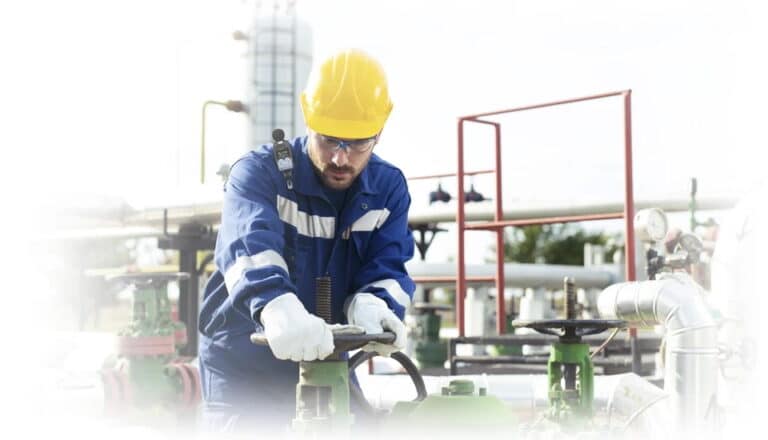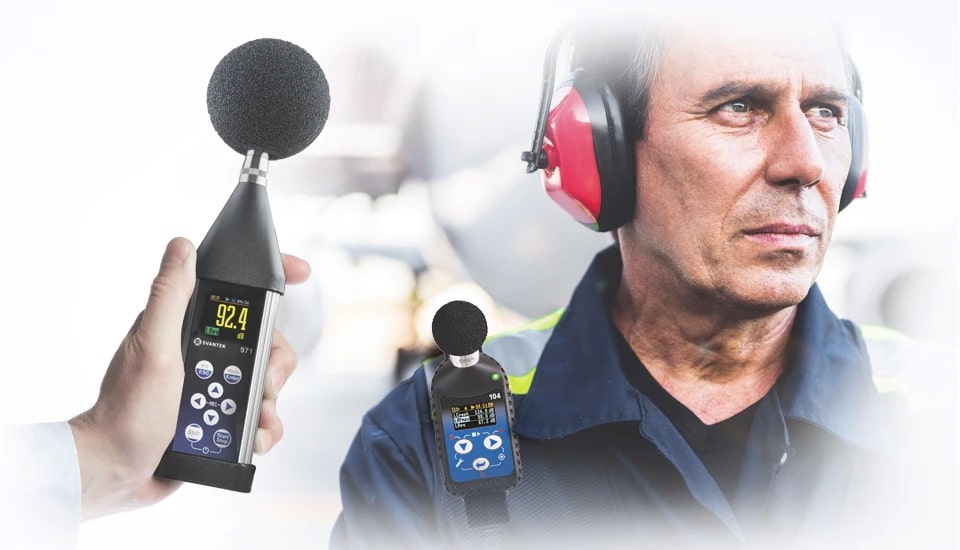Control of noise at work regulations 2005
The Control of Noise at Work Regulations 2005 in the United Kingdom are modeled on the EU Noise Directive 2003/10/EC. The laws went into effect in April 2006 for most sectors.
The Control of Noise at Work Regulations 2005 in the United Kingdom are modeled on the EU Noise Directive 2003/10/EC. The laws went into effect in April 2006 for most sectors.
The Control of Noise at Work Regulations 2005 are a set of regulations in the United Kingdom that require employers to prevent or reduce risks to their employee’s health and safety from exposure to noise at work. The regulations require employers to carry out risk assessments to determine the level of noise exposure in the workplace, take appropriate action to control the exposure and provide training and information to their employees. The regulations set out specific exposure limits and action values, which determine the level of risk and the necessary actions to be taken. The regulations also require employers to take a ‘buy quiet’ approach, where possible, and maintain machinery and noise-control equipment. Failure to comply with the regulations can result in enforcement action, including fines and prosecution.

High levels of noise can damage your hearing for good, cause tinnitus, and cause other health problems. It can also lead to accidents and reduce productivity. The Control of Noise at Work Regulations 2005 are designed to protect employees from these risks by requiring employers to assess the risk of exposure to noise in the workplace, take action to reduce the noise levels where necessary, and provide employees with suitable PPE where the noise levels cannot be adequately reduced by other means. By controlling noise exposure in the workplace, employers can protect the health and safety of their employees and improve productivity.
The Control of Noise at Work Regulations 2005 sets three key noise exposure limits for workplaces in the UK:
Employers must take reasonable steps to reduce noise exposure and ensure compliance with these limits to protect workers’ hearing.
The Control of Noise at Work Regulations of 2005 says that it is the employer’s job to limit the amount of noise in the workplace.
The Control of Noise at Work Regulations of 2005 cover all places of work where noise could be dangerous. This includes factories, construction sites, places where people go to have fun, and any other place of work where noise levels are high. The regulations apply to both indoor and outdoor workplaces, and to all types of noise, including impulse noise, intermittent noise, and continuous noise.
The best way to control noise at work is to use technical or organizational tools to get rid of or reduce the risks that come with noise exposure. This can be done by changing the way people work or the machines they use to make less noise, by replacing noisy machines with quieter ones, or by setting up the workplace and the way people work to keep people away from the noise. Personal hearing protection should only be used as a last resort because it only protects the person wearing it, and it doesn’t always work as well as expected.
If an employee is found to have hearing damage, the employer must take steps to prevent further harm, such as assigning the employee to alternative work or providing continued health surveillance. Employees must cooperate with the health surveillance program and attend any required health checks, which must be arranged by the employer and paid for by them. Employers must consult with employees and their representatives before introducing health surveillance, and there should be a clear procedure in place for managing workers with work-related diseases.
Employers can control noise exposure in the workplace by using a variety of techniques, including:

According to the Control of Noise at Work Regulations 2005, sound level meters and noise dosimeters are suitable for measuring workplace noise. The measurements must be taken by a competent person and be representative of the noise exposure during the employee’s working day. The employer must ensure that the measurement equipment is correctly calibrated, and the results must be recorded and kept for at least two years. The measurement results must be used to assess the level of risk to employees’ hearing and determine appropriate control measures to reduce the risk.
The length of the workday and the equivalent continuous A-weighted sound pressure level are used to figure out the daily personal noise exposure level. A combination formula is used when the exposure is made up of more than one time period with different sound levels. The personal weekly personal noise exposure level is calculated using the daily exposure levels for a nominal week of five working days. The peak sound pressure level is calculated using the maximum value of the C-weighted sound pressure and a reference value of 20 μPa.
Formulas:
Daily personal noise exposure level:
LEP,d = 10 log10 (Te/T0) + LAeq,Te
Weekly personal noise exposure level:
LEP,w = 10 log10 [Σ(LEP,d)i/5]
Peak sound pressure level:
LCpeak = 20 log10 (pCpeak/p0)